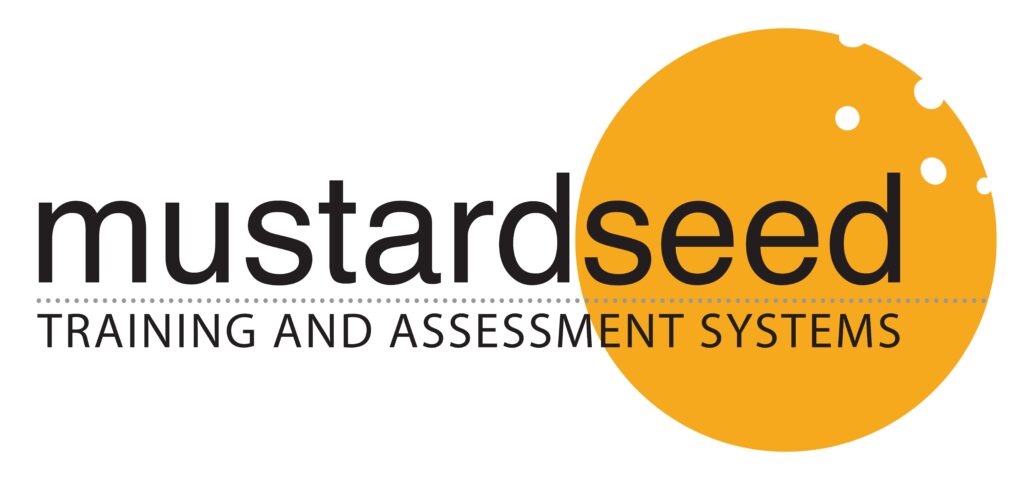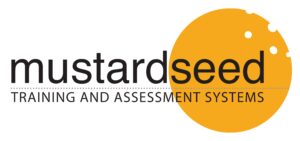Strategies for Effective Team Building
– A Blog
Building an effective team requires more than just assembling a group of talented individuals; it involves strategic efforts to ensure that the team functions cohesively and productively. A well-structured approach to team building can significantly contribute to the creation of a building a high performance team that not only meets but exceeds organizational goals. Below are five key strategies to help leaders create and nurture strong, high-performing teams.
Train the Leader
The effectiveness of a team starts with its leader. A leader’s capability to inspire, guide, and manage the team is pivotal in determining the overall success of the group. Therefore, investing in leadership training is crucial for anyone tasked with building a high performance team. This training should cover essential areas such as emotional intelligence, which helps leaders understand and manage their own emotions and those of their team members. Effective communication skills are also critical, enabling leaders to convey expectations clearly and listen actively to feedback.
Moreover, conflict resolution techniques are indispensable in a leader’s toolkit, as they enable leaders to address and resolve issues constructively, preventing disruptions in team dynamics. Decision-making skills are equally important, as they ensure that leaders can make informed choices that benefit the team as a whole. A well-trained leader not only sets the tone for the team but also models desired behaviors, creating a positive environment that encourages growth, achievement, and the ongoing development of a high-performance team.
Emphasize Value Alignment
For a team to work harmoniously and effectively, alignment with the organization’s core values is essential. Value alignment ensures that both the leader and the team members share the same vision and principles, which facilitates coordinated efforts towards common goals. This is particularly important when building a high performance team, as shared values foster trust, cooperation, and a strong sense of purpose.
Leaders should regularly emphasize the importance of these values and integrate them into daily operations. This might involve discussing values during team meetings, recognizing and rewarding behaviors that reflect these values, and incorporating them into performance evaluations. When values are deeply embedded in the team’s culture, they guide behavior, foster trust, and create a strong sense of purpose. This alignment enhances overall team cohesion and performance, laying the foundation for a high-performance team.
Team Building Workshops and Offsites
Regular team building workshops and offsite events are vital for fostering strong team dynamics, particularly when focusing on building a high performance team. These activities provide opportunities for team members to connect in a non-work environment, building rapport and trust among colleagues. Workshops can be tailored to address specific team challenges, such as improving communication skills, resolving conflicts, or enhancing collaboration, thereby directly addressing areas where the team may need improvement.
Offsite events, such as retreats or team outings, offer a chance for team members to engage in informal interactions, helping to break down barriers and strengthen relationships. By stepping away from the daily work routine, teams can refresh their perspectives, build stronger bonds, and return to work with renewed energy and a unified focus. This break from routine is particularly beneficial in the context of building a high performance team, as it allows team members to reset and approach their work with a fresh perspective.
Utilize Psychometric Assessment Tools
Understanding the individual temperaments and personalities of team members is crucial for optimizing team performance, especially when aiming to build a high-performance team. Psychometric assessment tools offer valuable insights into each person’s strengths, weaknesses, and natural preferences. These tools can help leaders make informed decisions about role assignments, ensuring that team members are positioned in roles that align with their natural abilities and preferences.
For instance, someone with strong analytical skills might excel in a data-driven role, while a person with exceptional interpersonal skills might thrive in a client-facing position. By leveraging psychometric assessments, leaders can enhance individual satisfaction, boost morale, and improve overall team effectiveness. When each team member is placed in a role where they can excel, the entire team benefits, contributing to the development of a high-performance team
Create Interdependence
Effective teams are characterized by a strong sense of interdependence, where members rely on each other and recognize the value of their collective contributions. To foster this interdependence, which is a hallmark of building a high performance team, leaders should structure tasks and responsibilities to encourage collaboration and mutual support. This can be achieved by designing projects that require input and cooperation from multiple team members or by implementing systems that facilitate resource sharing and collective problem-solving.
When team members understand that their success is linked to the success of others, they are more likely to work together, share knowledge, and support one another. This sense of interdependence not only strengthens team spirit but also drives collective success and enhances the overall performance of the team. A high-performance team thrives on collaboration, where each member’s contribution is valued, and the collective effort leads to outstanding results.
Conclusion
By focusing on these five strategies—training the leader, emphasizing value alignment, organizing team-building workshops, utilizing psychometric assessments, and creating interdependence—leaders can build and maintain effective teams that are well-equipped to achieve their goals. These strategies contribute to a positive, supportive, and productive work environment, enhancing team performance and fostering a cohesive team dynamic.
Implementing these strategies ensures that teams are not only high-performing but also resilient and adaptable, ready to face challenges and seize opportunities as a unified unit. Ultimately, the goal of building a high performance team is to create a group of individuals who are not just working together but excelling together, driving the organization towards success.
Want to know more? Let our consultants help you
Hit the ‘Click Here’ button to request for a call with us to plan an effective Leadership program and optimise the training ROI for your organisation.

